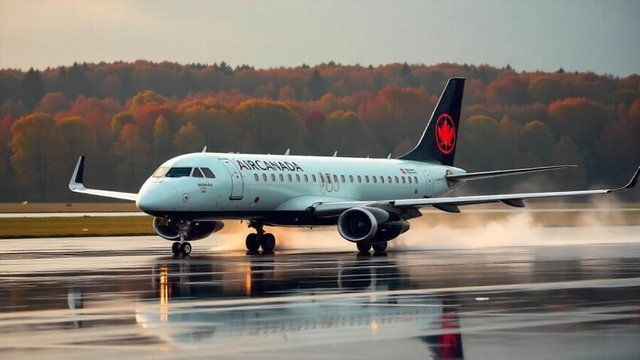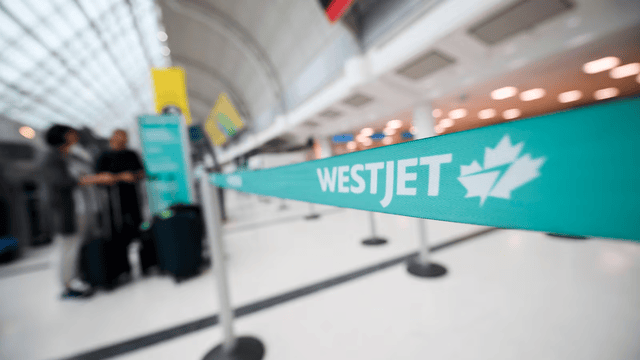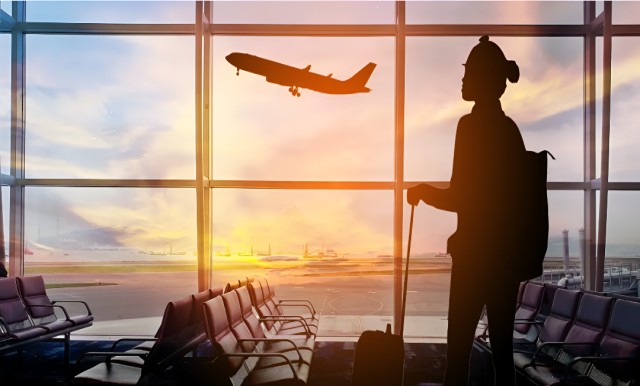
Photo from CBC News
Toronto's Pearson International Airport, along with other major airports, is undergoing significant changes to cater to the evolving travel landscape. Karen Mazurkewich reports that the airport's response is crucial given the dramatic shifts in recent years.
With the rise of remote and hybrid work arrangements, business travel has experienced a notable decline. However, the post-pandemic surge in leisure and adventure travel has compensated for this decline. As a result, airports like Pearson must adapt to meet the changing demands of travelers.
Toronto Pearson recently unveiled Pearson LIFT, a 10-year plan aimed at modernizing and expanding the airport. This multi-billion-dollar investment underscores the airport's importance as Canada's primary air cargo hub and a gateway for millions of visitors and immigrants.
The COVID-19 pandemic marked a significant turning point for the travel industry, leading to what is now considered the "new normal." Different demographics, including "bleisure" travelers and Generation Z, are now venturing to various destinations, from leisure hotspots to conference venues and sunny locales. Pearson, along with other major North American hubs, is seizing this opportunity to align with passengers' evolving preferences and needs.
According to projections by the International Air Transport Association, airlines are expected to generate substantial profits in 2024, signaling a recovery from the pandemic-induced downturn. Most regions are anticipated to return to pre-pandemic passenger levels by mid-2024.
The landscape of business travel has been reshaped significantly by the rise of remote work. Leisure trips have consistently outpaced business trips in growth rates, a trend that has been further amplified by the pandemic. Consequently, there has been a noticeable reduction in Canadian business travel, while leisure travel has experienced a surge in demand.
At Toronto Pearson, destinations popular for leisure travel, such as Mexico, the Caribbean, and Central America, have witnessed a substantial increase in demand. Bookings to destinations like Cancun, Punta Cana, Montego Bay, and Liberia have seen a significant uptick, with demand during off-peak periods now often surpassing traditional peak seasons.
The younger demographic, particularly Generation Z, has emerged as frequent travelers, prioritizing experiences over material possessions. Surveys indicate that a significant percentage of Generation Z individuals are more enthusiastic about travel post-pandemic compared to other age groups.
Airlines are adapting their services to cater to the preferences of younger, experience-seeking travelers. This shift is evident in the reorientation of flight routes from business destinations to leisure hotspots.
Toronto Pearson's role as a major international airport is paramount, with a wide range of destinations and connections. In 2023 alone, the airport served nearly 45 million passengers, offering flights to 68 countries across 190 different routes. To accommodate the surge in leisure travel, the airport is focusing on enhancing operational efficiency, improving on-time performance, and reducing wait times.
Innovative digital solutions are also being implemented to streamline the passenger experience. Apps like YYZ Express allow travelers to book security time slots in advance, while Advance CBSA Declaration technology facilitates faster customs and immigration procedures.
Pearson LIFT aims to increase the airport's capacity by over 15 million passengers annually, facilitating smoother travel experiences for Canadians. The pandemic has prompted significant innovation within the travel industry, emphasizing the importance of crafting memorable experiences for travelers.
In conclusion, Toronto Pearson Airport, along with other major airports, is adapting to meet the changing needs of travelers in the post-pandemic era. By embracing innovation and focusing on passenger-centric solutions, these airports are poised to navigate the "new normal" of travel successfully.















